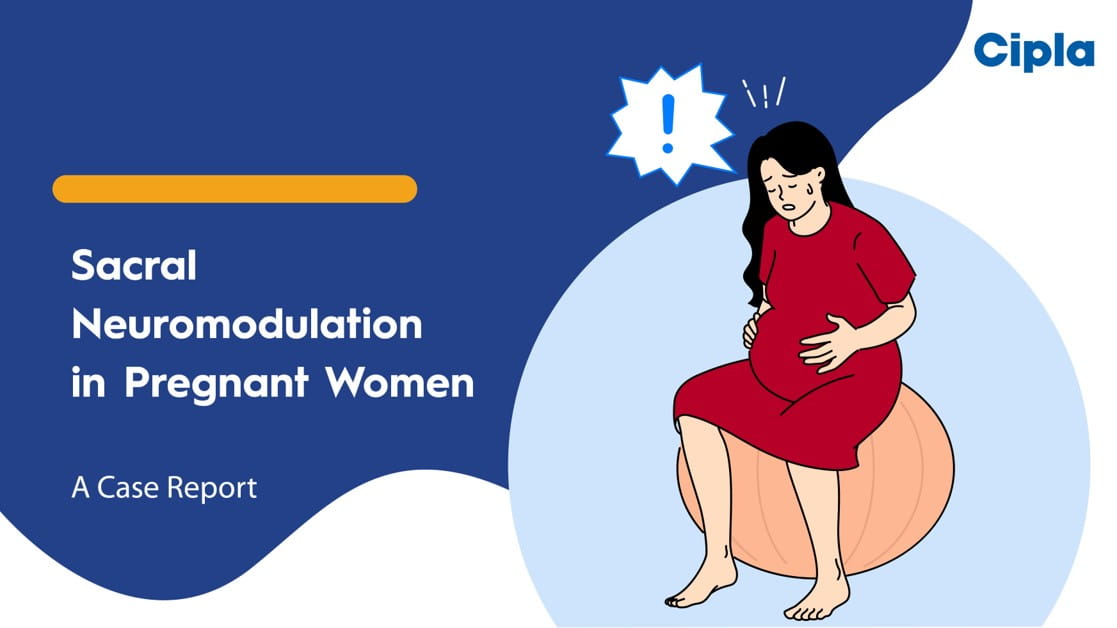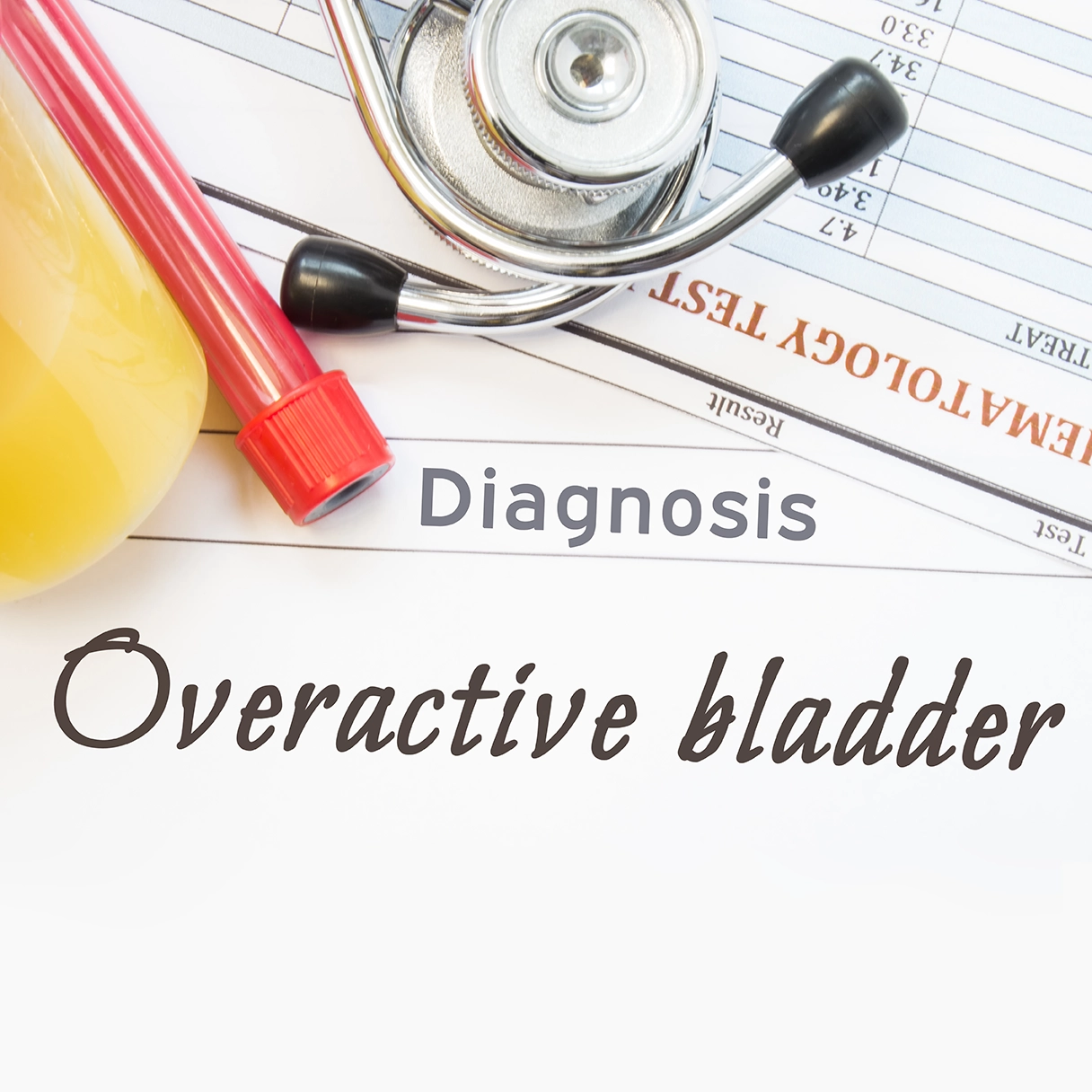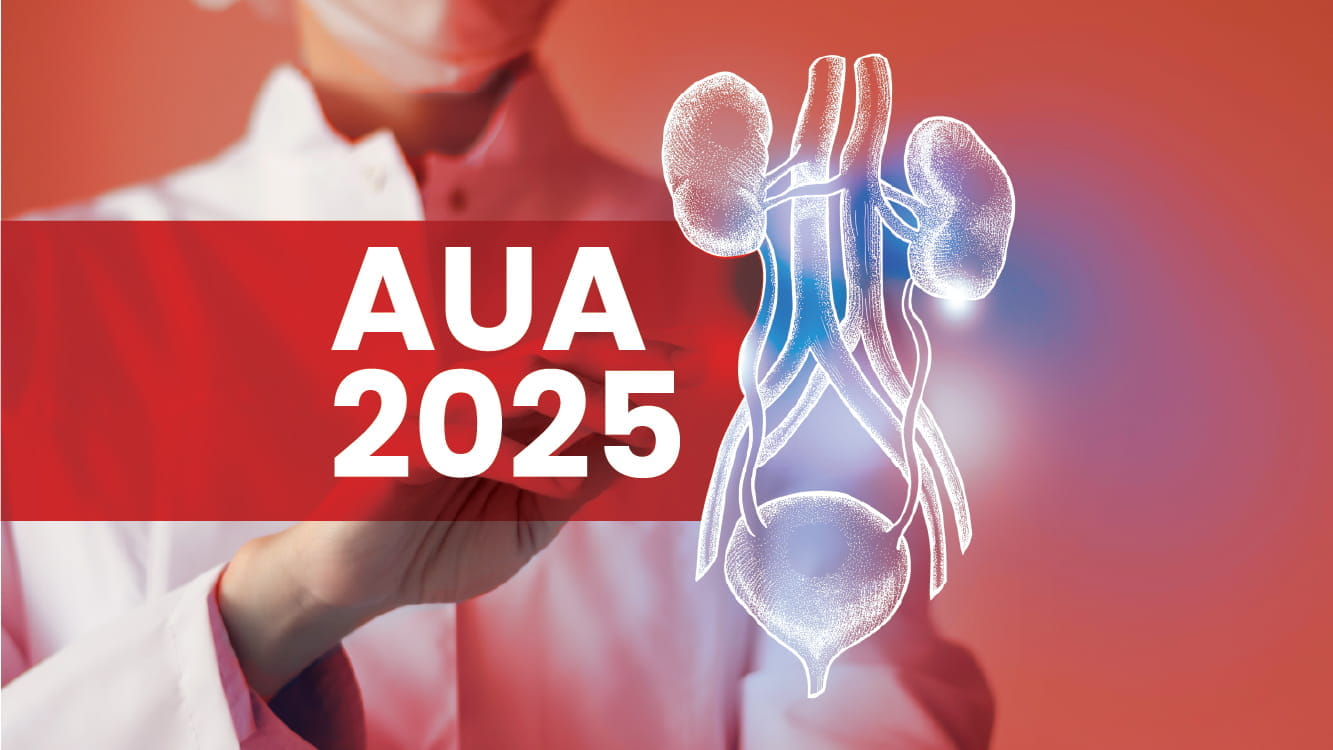SIU 2024: (IS-01) Surgical Options in OAB – When and How Effective?
Speaker: Dr. Harprit Singh, India
Important Takeaways
1. Surgical management is considered only after conservative measures, such as anticholinergics and neuromodulation, have failed.
2. Augmentation Cystoplasty replaces damaged bladder wall tissue with bowel segments, effectively increasing bladder capacity and compliance.
3. Surgical interventions should be tailored to individual patient needs, considering their preferences, pathology, and overall health status.
4. Studies show that augmentation cystoplasty yields significant improvements in symptom scores, bladder capacity, and patient satisfaction over the long term.
5. While augmentation cystoplasty is effective, it carries risks of complications and requires careful consideration regarding patient candidacy.
Key Highlights
Overview of Surgical Intervention in OAB:
Surgical treatment for OAB is generally reserved for patients with severe symptoms who have not responded to conservative, pharmacological, or minimally invasive treatments such as anticholinergics, botulinum toxin injections, or neuromodulation.
Surgical goals include reducing bladder pressure, improving bladder compliance, and increasing bladder capacity to provide lasting symptom relief.
Types of Surgical Options:
-
Endoscopic Hydrodistension: This is a minimally invasive option where the bladder is stretched under anaesthesia. Although this can temporarily improve symptoms, it is rarely used as a standalone option.
-
Bladder Augmentation (Augmentation Cystoplasty): Considered the gold standard for refractory OAB, bladder augmentation involves incorporating a segment of bowel into the bladder wall to increase capacity and reduce bladder pressure. Commonly, ileum is the preferred bowel segment. Augmentation cystoplasty is particularly beneficial in patients with neurogenic bladder, offering long-term durability and high patient satisfaction. Contraindications include prior radiation to the bladder, short bowel syndrome, malignancy in the bladder, and conditions preventing intermittent self-catheterization.
-
Urinary Diversion: Reserved for very severe cases, typically involving an ileal conduit or continent catheterizable reservoir, especially in patients for whom other treatments are unsuitable.
-
Detrusor Myomectomy: Initially proposed as an alternative, this option involves removing part of the bladder’s muscle layer. However, it has largely been abandoned due to inconsistent outcomes and complications.
Efficacy and Long-Term Outcomes of Augmentation Cystoplasty:
Augmentation cystoplasty improves symptom scores, bladder compliance, and capacity, and helps maintain upper urinary tract health, which is especially important in neurogenic bladder cases. Studies have shown high success rates and satisfaction in both idiopathic and neurogenic OAB populations, with improvement in urodynamic parameters such as maximum bladder pressure. Despite its effectiveness, augmentation cystoplasty usage has declined due to the success of alternatives like botulinum toxin and sacral neuromodulation, as well as the surgery’s invasiveness and potential complications.
Complications:
-
Early Complications: Primarily infection and ileus, which require close monitoring postoperatively.
-
Long-term Complications: These include metabolic issues, mucus production from bowel segments, urinary tract infections, and increased malignancy risk, particularly bladder cancer, which necessitates regular follow-ups.
Due to these risks and advancements in other treatments, augmentation cystoplasty is now seldom performed except in highly selected cases.
Patient Selection and Considerations:
Selection for surgery should take into account the patient’s symptom severity, treatment history, overall health, and motivation, as post-surgical success depends on patient adherence, particularly with self-catheterization. Quality of life considerations and the patient’s willingness to accept surgical risks play critical roles in decision-making. Surgical outcomes are generally favourable in motivated patients and can provide a permanent solution with effective symptom control and improved quality of life.
Take-Home Messages:
-
Augmentation cystoplasty remains the most effective surgical option for severe OAB unresponsive to other treatments, but it is considered a last resort due to its invasiveness, complication risks, and the need for long-term follow-up.
-
Recent advances in non-surgical treatments like botulinum toxin injections and neuromodulation have greatly reduced the need for surgical intervention.
-
Long-term outcomes for augmentation cystoplasty are positive, but it requires careful patient selection and thorough preoperative counselling on potential risks and lifestyle changes post-surgery.
Société Internationale d'Urologie Congress, 23-26 October 2024, New Delhi, India.




